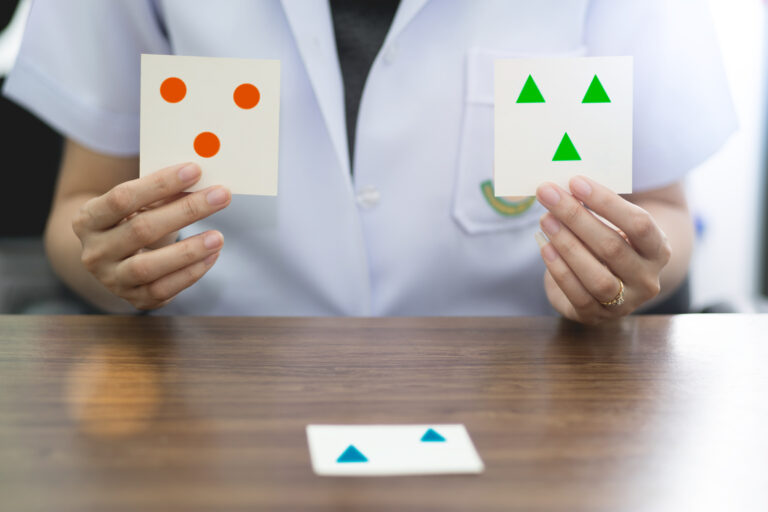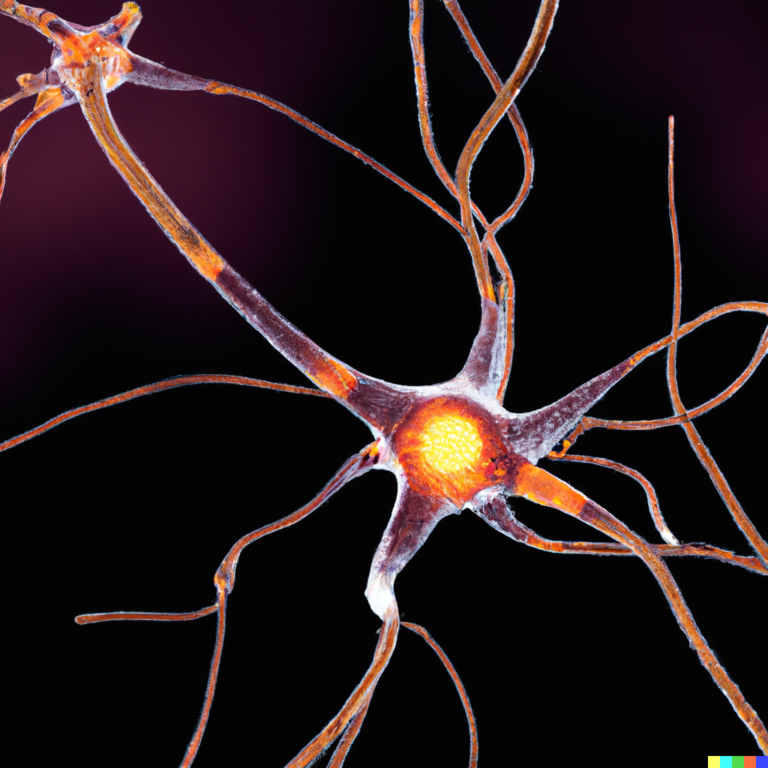Aging is a natural part of life, but have you ever wondered why some people seem to age more slowly or gracefully than others? A big part of the answer lies in genetics—the information coded in our DNA that shapes who we are, including how we age.
At the heart of this genetic influence are structures called telomeres. These are protective caps at the ends of our chromosomes, which carry our genetic material. Every time a cell divides, these telomeres get a little shorter. Over time, as they become too short, cells lose their ability to divide and function properly. This process contributes to aging and limits how long cells can keep renewing themselves.
But it’s not just about telomere length. Our genes also control many other processes that affect aging. For example, certain genes regulate how well our cells repair damage or respond to stress from things like pollution or UV rays from the sun. Some people inherit versions of these genes that help protect their cells better and may slow down aging effects like wrinkles or loss of skin elasticity.
Scientists have found specific gene variants linked with longer lifespans and healthier aging. One such gene is FOXO3; people with certain versions tend to live longer lives on average. On the flip side, other gene variants can increase risks for age-related diseases such as Alzheimer’s or heart disease.
Another layer involves epigenetics—changes in how genes work without altering the DNA sequence itself. As we get older, chemical tags on DNA change patterns through processes like methylation and histone modification, which can turn some genes on or off differently than when we were young. These changes influence everything from inflammation levels to cellular repair mechanisms.
Lifestyle factors also interact with genetics in shaping aging outcomes. For instance, smoking and chronic stress accelerate telomere shortening and damage DNA more quickly than normal aging would alone; whereas regular exercise tends to slow these effects down.
In essence, while genetics set a baseline for how we might age by influencing cell division limits and repair abilities among other factors, environmental influences play an important role too by affecting those genetic mechanisms over time.
Understanding this complex dance between our inherited code and daily life helps researchers explore ways to promote healthier aging—potentially extending not just lifespan but healthspan: years lived free from serious illness or disability.
So next time you think about why someone looks younger than their years—or why your own body feels different as you grow older—it’s partly written in your genes but also shaped by what you do every day around them all working together inside your body’s remarkable system for living through time.





